Honeywell, the same company that might make your humidifier or home security system, is unveiling a powerful quantum computer that will be available to the public.
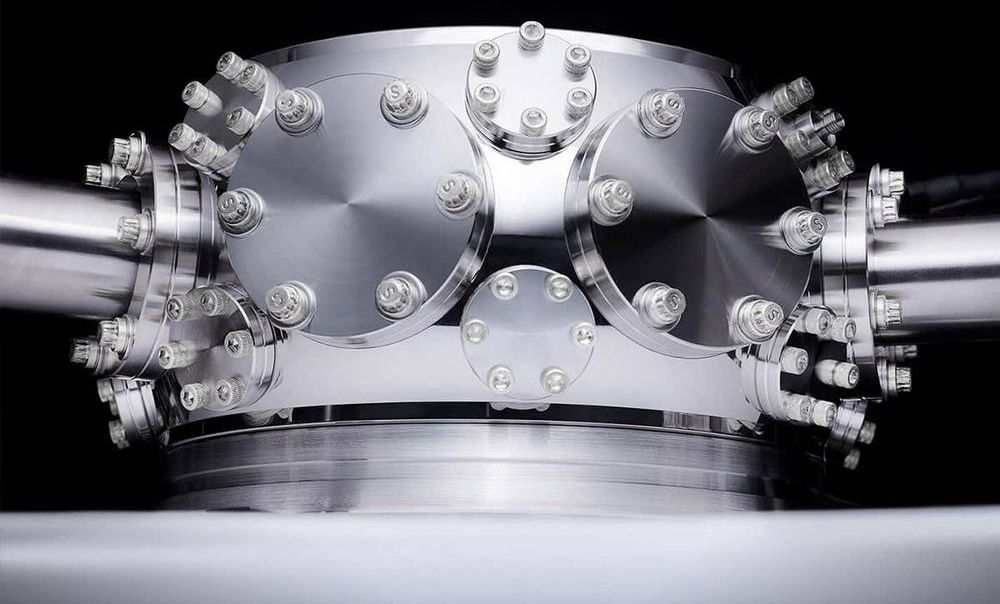


Computer scientists from Rice, supported by collaborators from Intel, will present their results today at the Austin Convention Center as a part of the machine learning systems conference MLSys.
Many companies are investing heavily in GPUs and other specialized hardware to implement deep learning, a powerful form of artificial intelligence that’s behind digital assistants like Alexa and Siri, facial recognition, product recommendation systems and other technologies. For example, Nvidia, the maker of the industry’s gold-standard Tesla V100 Tensor Core GPUs, recently reported a 41% increase in its fourth quarter revenues compared with the previous year.
Rice researchers created a cost-saving alternative to GPU, an algorithm called “sub-linear deep learning engine” (SLIDE) that uses general purpose central processing units (CPUs) without specialized acceleration hardware.
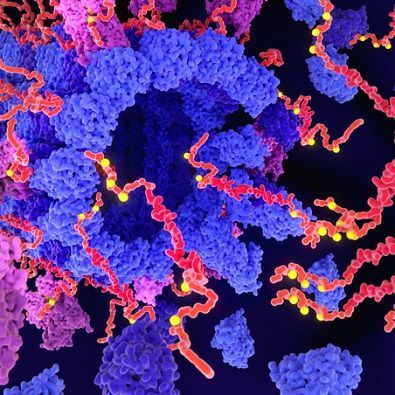
Researchers report an advance in the development of a blood test that could help detect pathological Alzheimer’s disease in people who are showing signs of dementia. This approach could be less invasive and less costly than current brain imaging and spinal fluid tests. The blood test detects the abnormal accumulation of a form of tau protein known as phosphorylated-tau-181 (ptau181), which is a biomarker that suggests brain changes from Alzheimer’s. The study, funded by the National Institutes of Health, was published on March 2 in Nature Medicine.
Over the past 15 years, research advances in the development of biomarkers like tau protein have enabled investigators to more accurately diagnose Alzheimer’s disease, select research participants, and measure response to investigational therapies. Tau and other biomarkers can be detected with PET scans of the brain and lab tests of spinal fluid. However, PET imaging is expensive and involves radioactive agents, and spinal fluid tests require spinal taps, which are invasive, complex and time-consuming. Simpler biomarker tests are still needed.
“The considerable time and resources required for screening research participants with PET scans and spinal taps slow the pace of enrollment for Alzheimer’s disease treatment studies,” said Richard J. Hodes, M.D., director of NIH’s National Institute on Aging (NIA), which funded much of the study. “The development of a blood test would enable us to rapidly screen a much larger and more diverse group of volunteers who wish to enroll in studies.”
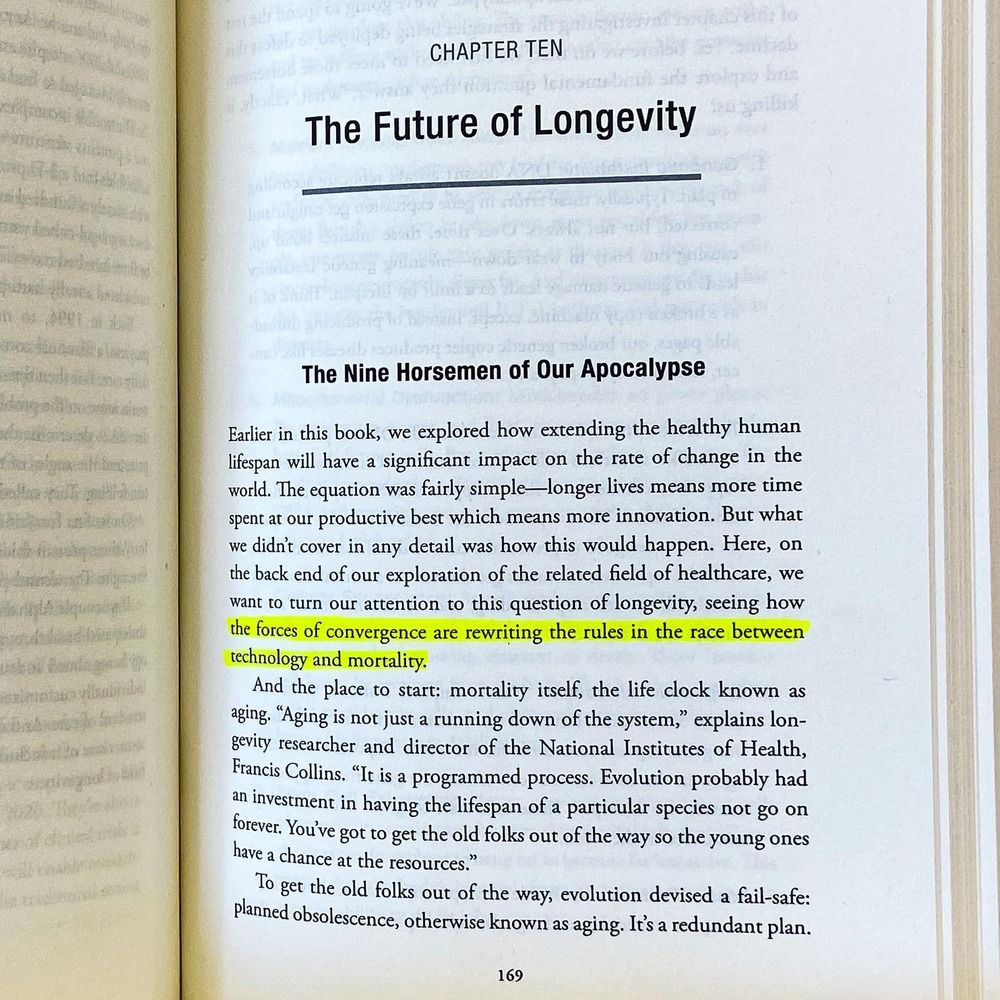
1️⃣ Genomic Instability 2️⃣ Telomere Attrition 3️⃣ Epigenetic Alterations 4️⃣ Loss of Proteostasis 5️⃣ Nutrient Sensing Goes Awry 6️⃣ Mitochondrial Dysfunction 7️⃣ Cellular Senescence 8️⃣ Stem Cell Exhaustion 9️⃣ Altered Intercellular Communication.
Explore these horsemen and the strategies being deployed to defeat this decline in Chapter 10 — The Future of #Longevity ➡️ futurefasterbook.com
New diagnoses pushed the COVID-19 tally past 100, including six deaths in Washington State. Shoppers across the country have reacted to the news by stocking up at wholesale stores.
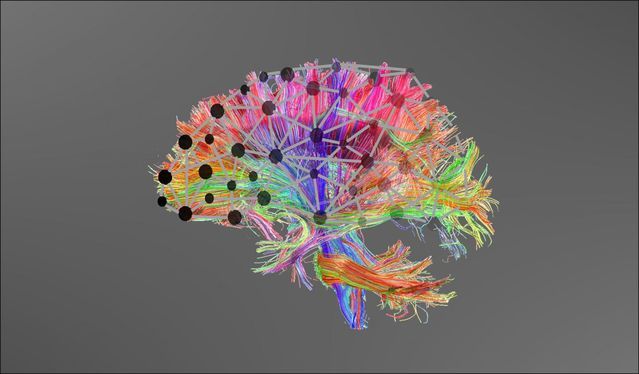

Chinese technology giant Alibaba recently developed an AI system for diagnosing the COVID-19 (coronavirus).
Alibaba’s like Amazon, Microsoft, a video game company, and a nation-wide healthcare network all rolled into one with every branch being fed solutions from the company’s world-class AI department.
Per a report from Nikkei’s Asian Review (h/t TechSpot), Alibaba claims its new system can detect coronavirus in CT scans of patients’ chests with 96% accuracy against viral pneumonia cases. And it only takes 20 seconds for the AI to make a determination – according to the report, humans generally take about 15 minutes to diagnose the illness as there can be upwards of 300 images to evaluate.

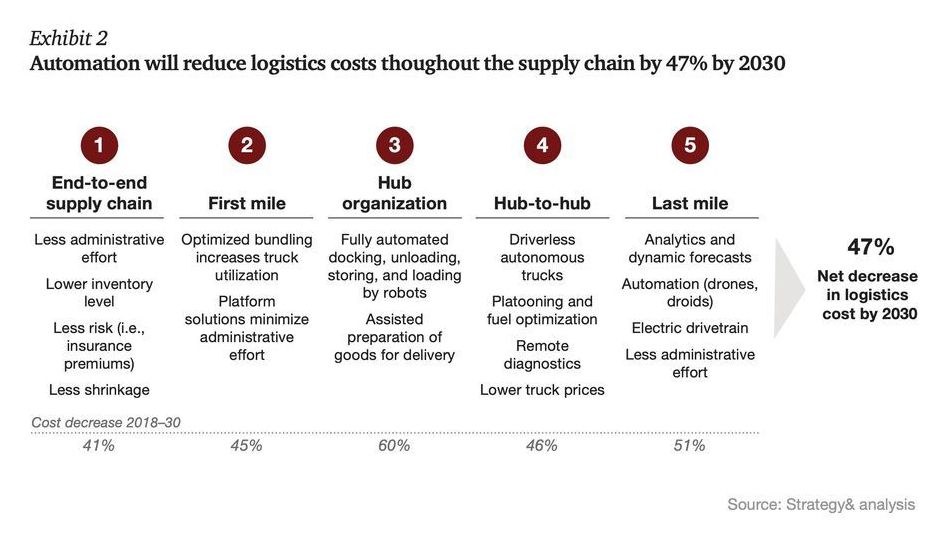
The fact that self-driving trucks did not initially capture the public imagination is perhaps not entirely shocking. After all, most people have never been inside a truck, let alone a self-driving one, and don’t give them more than a passing thought. But just because trucks aren’t foremost in most people’s thoughts, doesn’t mean trucks don’t impact everyone’s lives day in and day out. Trucking is an $800 billion industry in the US. Virtually everything we buy — from our food to our phones to our furniture — reaches us via truck. Automating the movement of goods could, therefore, have at least as profound an impact on our lives as automating how we move ourselves. And people are starting to take notice.
As self-driving industry pioneers, we’re not surprised: we have been saying this for years. We founded Kodiak Robotics in 2018 with the vision of launching a freight carrier that would drive autonomously on highways, while continuing to use traditional human drivers for first- and last-mile pickup and delivery. We developed this model because our experience in the industry convinced us that today’s self-driving technology is best-suited for highway driving. While training self-driving vehicles to drive on interstate highways is complicated, hard work, it’s a much simpler, more constrained problem than driving on city streets, which have pedestrians, public transportation, bikes, pets, and other things that make cities great to live in but difficult for autonomous technology to understand and navigate.
Reeman Dyson, one of the 20th century’s greatest theoretical physicists, died this week aged 96. He is known for popularising the Dyson Sphere – a hypothetical megastructure that could surround an entire star, capturing all of its solar energy.